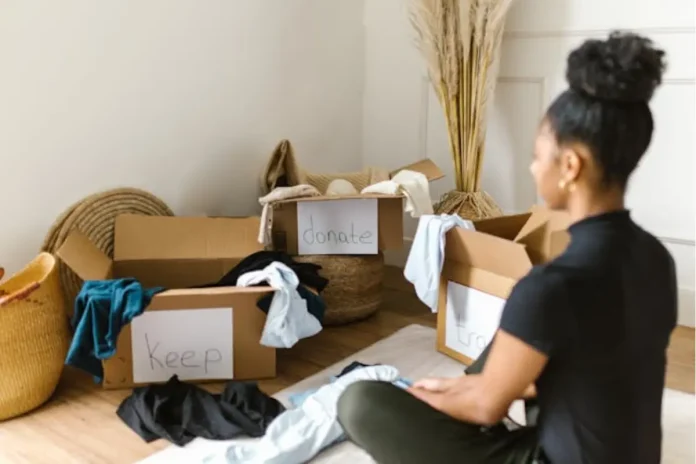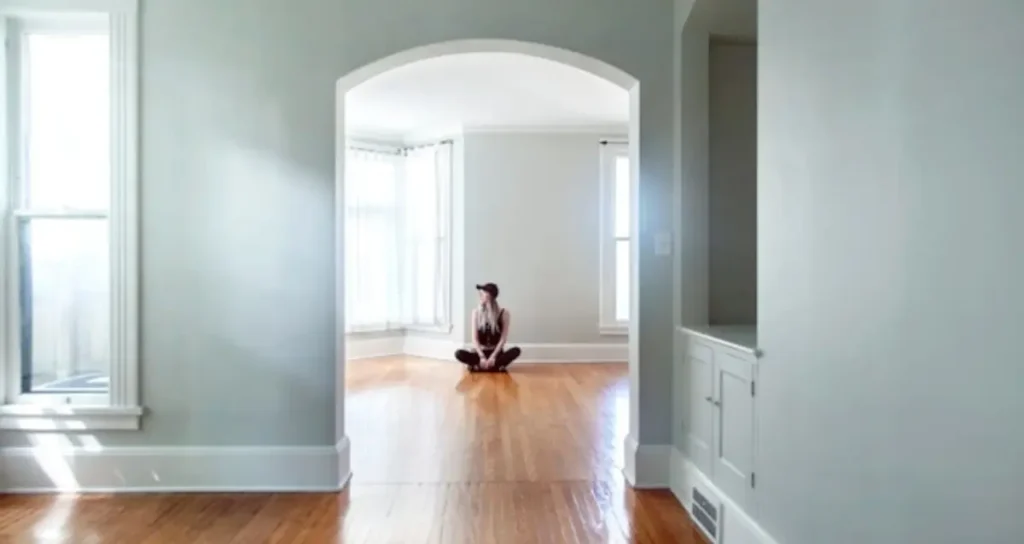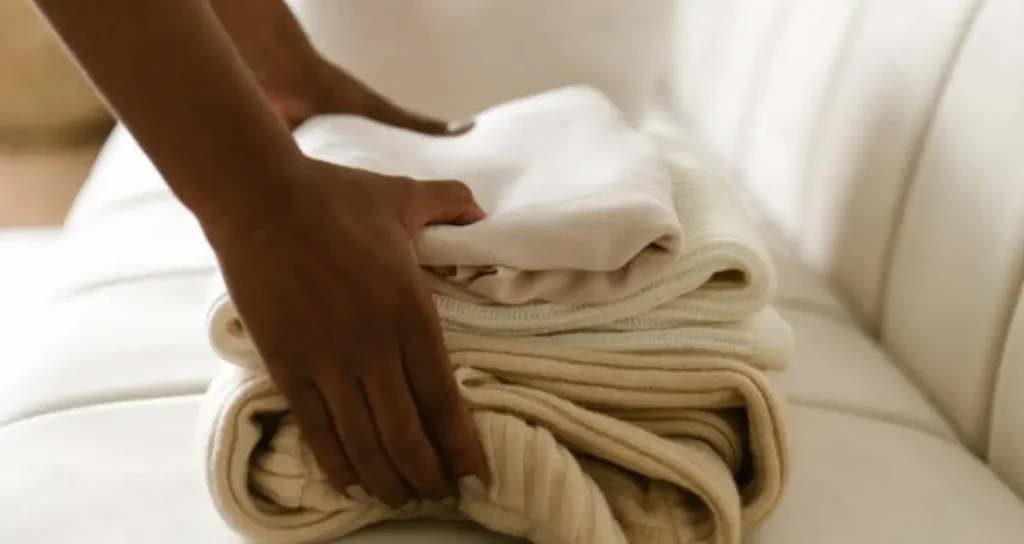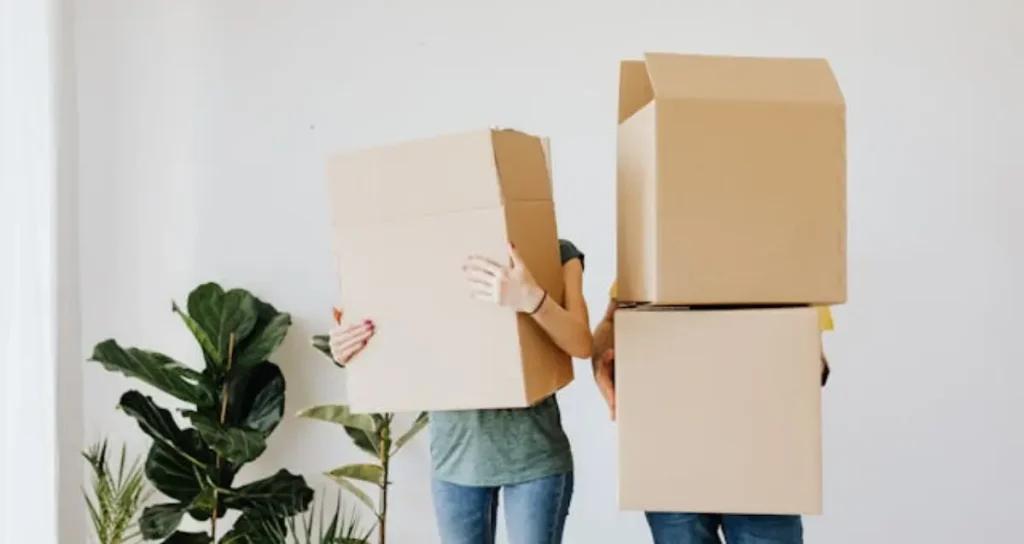
When planning a big move, inform, inspire, and engage—these are the cornerstones of a successful strategy for downsizing before a big move. The process of reducing belongings clears physical space and prepares you for a new chapter in life. This guide aims to provide innovative and practical advice to streamline your possessions effectively.
What Are Your Space and Needs?
Initially, knowing your future home’s layout helps tailor your downsizing efforts. Use modern tools such as virtual staging apps, which allow you to place your furniture in a 3D model of your new home. This technology assists in making informed decisions about what stays and what goes, ensuring an organized family relocation that everyone longs for.

Categorize Possessions
Expanding on the efficient approaches for categorizing items during the process of downsizing, a structured system can significantly streamline the decision-making. One effective method involves creating a dual-axis grid system where one axis represents the frequency of use and the other represents sentimental value. This grid helps to visually categorize each item into distinct quadrants:
- High Use, High Sentiment: Items that are frequently used and hold significant emotional value. These are typically must-keep items.
- High Use, Low Sentiment: Items used often but without sentimental attachment. These are practical and necessary, so they should also generally be kept.
- Low Use, High Sentiment: Items rarely used but cherished. These require careful consideration to decide if they hold enough emotional value to justify the space they occupy.
- Low Use, Low Sentiment: Items that are seldom used and carry little emotional significance. These are ideal candidates for disposal or donation.
Additionally, employing the “One-Year Rule” can further aid in decluttering. This rule suggests that if an item has not been used in the past year, it is unlikely to be needed in the future. This method is particularly useful for items that might not easily fit into the emotional value categories, such as kitchen gadgets, clothing, or decorative items. It helps to make objective decisions based on practical usage patterns.
Another method, the “Out-of-Sight Test,” involves temporarily removing items from your daily environment to simulate not having them around. Store these items in a box or a separate room for a predetermined period, such as three months. If during this time, the item was never retrieved for use or missed emotionally, it likely does not have a significant role in your life. This test is especially helpful for those who struggle with letting go due to “just in case” thinking.
Don’t Forget About Digital Downsizing Either
Furthermore, digital clutter often gets overlooked in the downsizing process. Tackling overflowing email inboxes and redundant files across your devices can significantly lighten your digital footprint. Consider digitizing physical items such as old photos and important papers to preserve memories without the physical bulk.

Use Eco-Friendly Disposal Methods
Then, as you sort through possessions, consider the environment. Donate items to eco-friendly charities or sell them on green platforms, which are fairly easy to find in North Miami. This helps the planet and connects you with buyers who value sustainability. By focusing on responsible disposal, you ensure that downsizing before a big move contributes positively to environmental conservation.
Sell and Donate
In tackling downsizing before a big move, innovative solutions are crucial. For instance, consider a “Downsizing Party.” Invite friends and family to browse and choose from items you’re parting with. This makes the process more enjoyable and ensures your belongings find appreciative new homes. Alternatively, explore online platforms tailored for donating items where they can make a significant impact. Unique donation opportunities, such as art supplies to schools or old tools to community workshops, add a layer of meaning to the process.
What Are The Psychological Aspects of Letting Go?
Additionally, downsizing is not purely physical but also emotional. Engage with the feelings that surface as you sift through your possessions. Experts suggest mindfulness practices to help manage these emotions, focusing on the freedom and opportunities that come with less clutter. Integrating rituals, like photographing items before parting with them, allows for a meaningful farewell. Here, creating a cozy home isn’t just about what you keep but also about the peace of mind, you gain.
Long-Term Benefits of Minimalism
Moreover, embracing a minimalist approach has long-term benefits that extend beyond the initial move.
Living with fewer possessions can lead to less stress and more clarity in your daily life. Reducing their belongings led to a more focused and fulfilling lifestyle.
This transition can profoundly influence your sense of well-being and your environmental footprint, making it a sustainable choice for many.
Downsizing Helps You Maximize Small Spaces
Nowadays, homes are getting smaller, as people struggle to afford housing.
In North Miami, where the real estate market is dynamic and the average home prices hover around $421,000, maximizing every square foot is crucial.
For residents, this often means making smart, strategic decisions about how much and what types of items they keep in their homes. The cost per square foot can reach as high as $300 in desirable neighborhoods, emphasizing the financial impact of efficiently utilizing living space.
Downsizing in such an environment is not just about decluttering but also about enhancing the functionality and aesthetic appeal of smaller living areas. Residents of North Miami can benefit significantly from implementing downsizing techniques that focus on multi-functionality and minimizing seldom-used items. For instance, choosing furniture that doubles as storage can drastically reduce the need for extra space and help maintain a clutter-free home environment.
Moreover, in a region where outdoor living is year-round, residents can extend their living spaces outdoors. Utilizing balconies, patios, and even shared spaces effectively can compensate for a smaller interior square footage.
Downsizing before a big move is easier with the help of local movers, so if you happen to be in North Miami , consider reaching out for professional support to make the process smooth and efficient.
Practical Packing Tips for What Remains
Then, focus on packing what you’ve decided to keep.
Use high-quality, eco-friendly packing materials that offer protection without unnecessary waste. Techniques such as vacuum sealing soft items and nesting smaller items inside larger ones can maximize space and minimize the number of moving boxes needed.
Each packing decision should reflect careful consideration of space, necessity, and safety.

Now You Are Ready For Downsizing Before a Big Move
In conclusion, downsizing before a big move is more than just a task; it’s an opportunity to redesign your life before moving to North Miami. By applying innovative selling, donating, and packing strategies, you transform this daunting process into an empowering experience. This guide not only provides practical steps but also inspires a new perspective on what it means to truly make a space your own.
FURTHER READING









